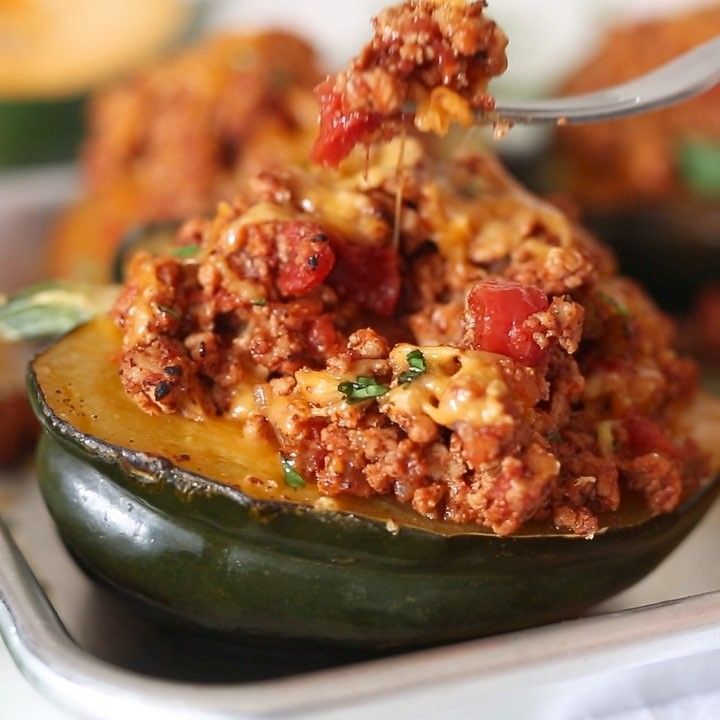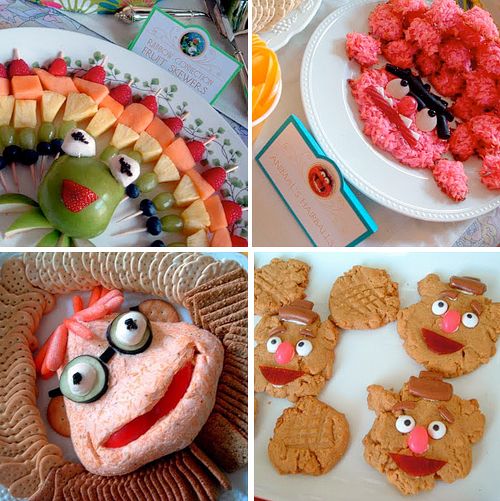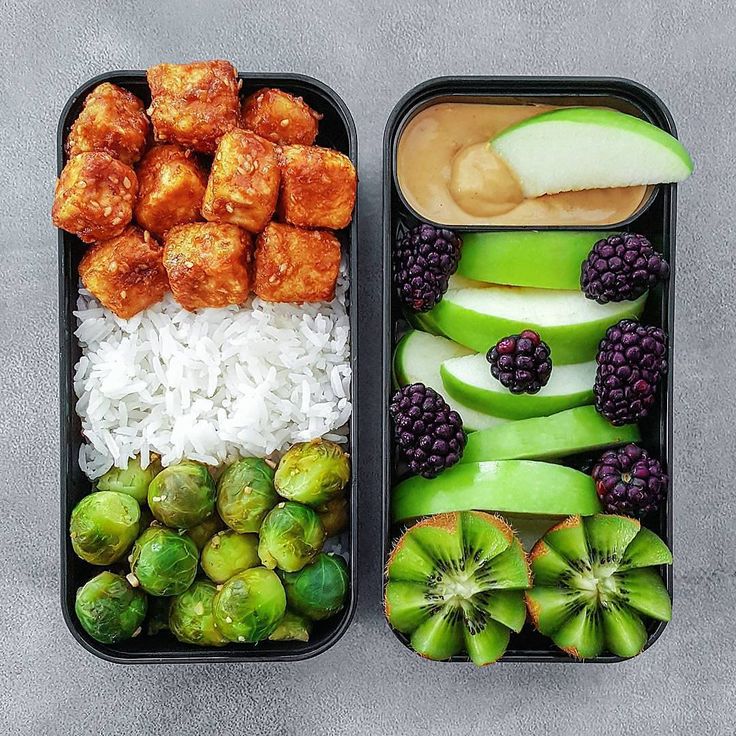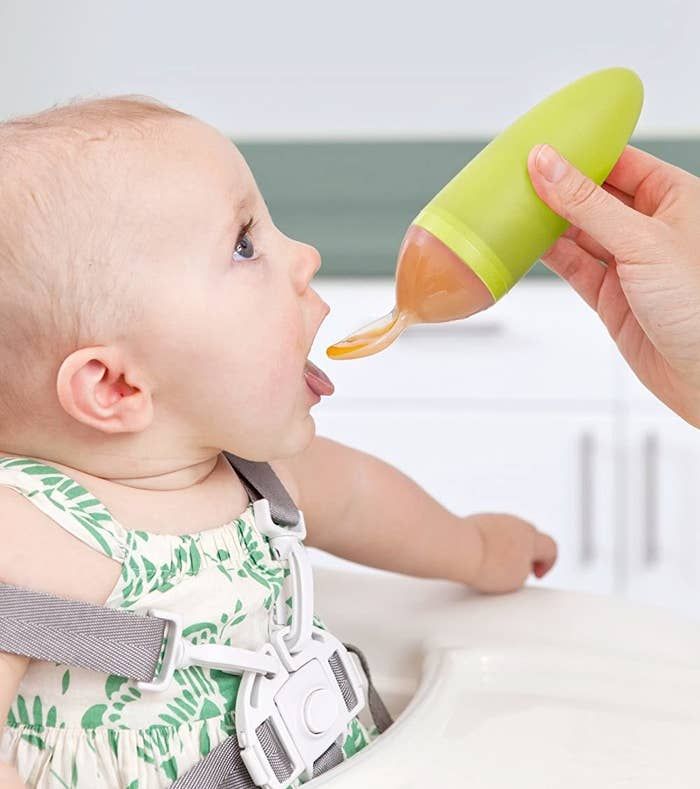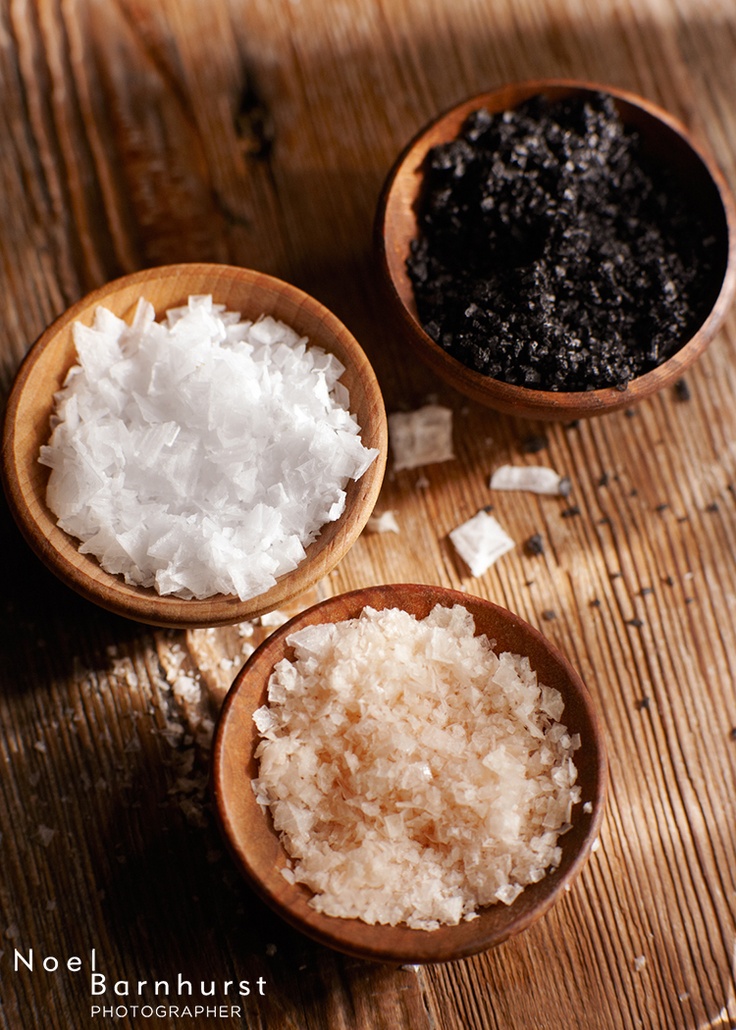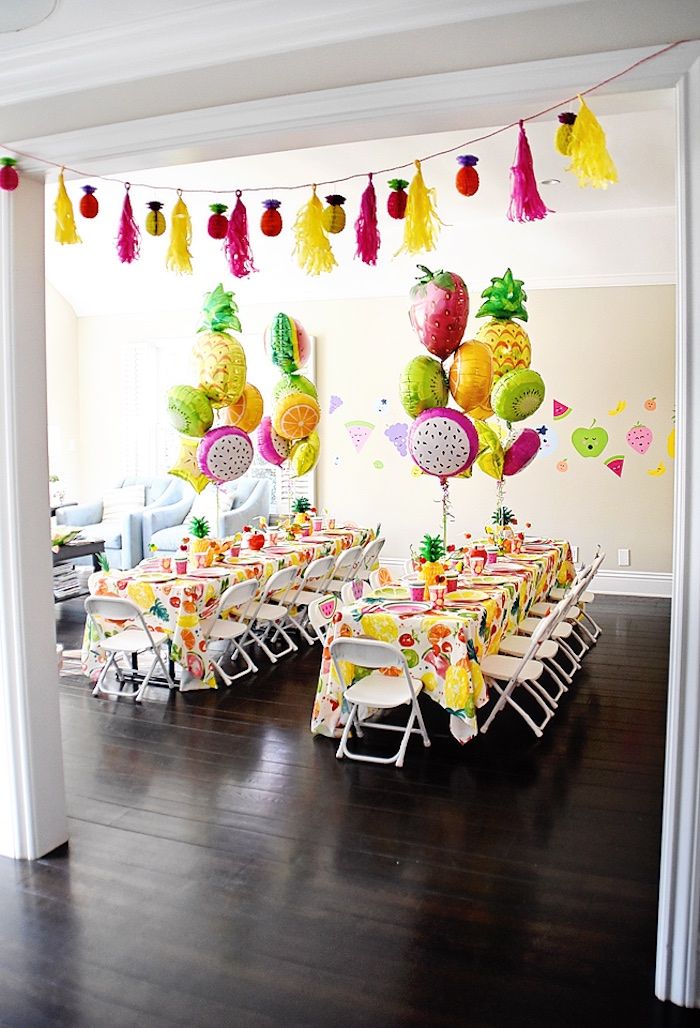What to feed a pigeon baby
What Do Baby Pigeons Eat and How to Feed Them Properly
Pigeons may be seen almost anywhere. Although feral pigeons and wood pigeons are typically in towns and cities, little is known about how their babies appear, and what do baby pigeons eat in case you come across a starving one.
Pigeons or doves are wild birds that feed on a variety of foods. Pigeons, whether wild or farmed, usually have the same diet of seeds, small insects, and reptiles. But what about baby birds? Are their foods different from those of the adult pigeon?
This article will give you the answer by going into details about baby pigeons’ food and some tips on baby pigeon care. Mostly, newborn pigeons’ diet depends on crop milk in the first week and crushed foods with low sugar and salt levels later on. You also have to keep the baby warm and prepare a syringe to feed it.
Table of Contents
- How Does a Baby Pigeons Look?
- What Do They Eat?
- What to Feed a Starving Baby Pigeon?
- 1.
Look for newborn birds formula
- 2. Use non-dairy milk (Macadamia milk prefered)
- 3. Use infant cereal without milk powder
- 1.
- How to Feed Baby Pigeons?
- Conclusion
When newly born, pigeon chicks are generally about 5 centimeters long. Their skin is pink or black with a patchy coating of yellow that will later turn into white feathers. Their beak is typically pinkish, sometimes it can be a deeper hue and their feet are in slate grey.
In comparison with the body, their beak, wings, and feet are relatively larger; however, as the chicks grow older, their bodies will develop more evenly. Baby pigeon eyes’ are closed when they are born and not opened until they are four or five days old.
In general, unless you domestically raise pigeons or manage to wander around a pigeon’s nest, you’ll never get to see the chicks in this condition; nevertheless, this is rare because birds nest in high and remote areas.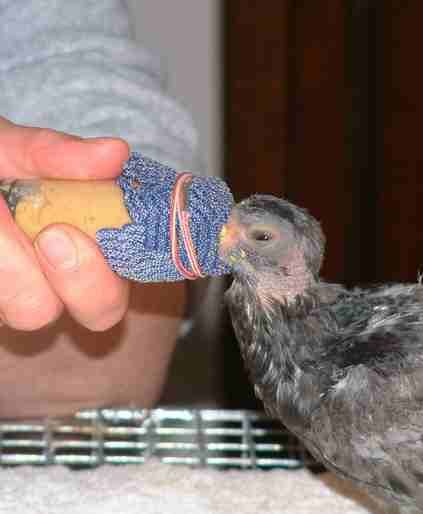 We usually observe baby pigeons once they hit their juvenile age, which is mostly identical to the adult form.
We usually observe baby pigeons once they hit their juvenile age, which is mostly identical to the adult form.
Newborn pigeons less than four weeks old are called squabs, and they are not yet able to fly.
What Do They Eat?Both of the parent birds provide regurgitated crop milk to their newborn pigeons. Crop milk, often known as pigeon milk, is a secretion of the crop lining (a ‘container’ where pigeons store food until digestion). It also contains a lot of proteins and fats. For the first four days, this is regurgitated to the squabs within two hours after hatching.
They will be given crop milk and seeds for the next 5 days. About nine days after hatching, the baby pigeons will be fed an adult meal. This includes fruits, seeds, and invertebrates on occasion.
The food amount provided to young birds grows by the day, especially when seeds or grains are included. During the first week, both parents must feed two newborns. After that, one adult can usually nurse two squabs.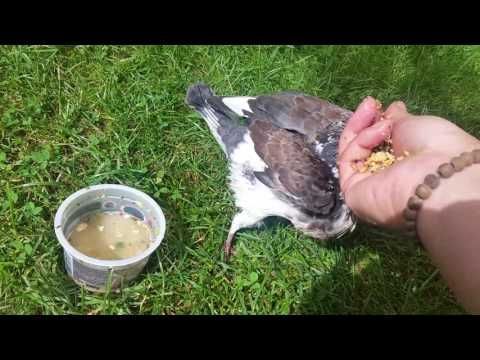
After one week, squabs will be able to eat a variety of food along with its crop milk. Only during the third week do baby pigeons no longer need crop milk and their metabolism can adapt to adult pigeon food.
What to Feed a Starving Baby Pigeon?If you come across a newborn pigeon on the ground, it is better to just leave it alone. It will usually live better without your intervention; if you believe you know better, you generally don’t. If you do believe that there is a problem with a pigeon, please contact a local wildlife rehabilitation facility in your neighborhood.
On the rare occasion you have to raise the baby bird yourself, you should know what and how to feed it. As you do not have their parents’ crop milk, things are more complicated in the first weeks but let’s see how these following tips may help you.
1. Look for newborn birds formulaYou can check out the two popular formulae: Nutribird A21 or Kaytee Extract. These can be easily purchased from pet stores or online. However, ready-made bird formulae may be rather costly. Your local wildlife rehabilitation team may also be able to assist you if the bird is of a wild species.
These can be easily purchased from pet stores or online. However, ready-made bird formulae may be rather costly. Your local wildlife rehabilitation team may also be able to assist you if the bird is of a wild species.
During the first days, you mix the formula with warm water until it looks like skim milk. Then, you can make it consistent like ketchup after 10 days.
2. Use non-dairy milk (Macadamia milk prefered)If you can’t find any baby bird formula or prefer to make the food on your own, you can try non-dairy substitutes like Macadamia milk and blend it following this recipe from The International Dove Society. You will need:
- 71 grams of chicken baby food
- 1 boiled egg yolk
- 15 grams of low-fat yoghurt
- ¼ teaspoon of corn oil
- ¼ diluted vitamin E
- 2 drops of cod-liver oil
- little pinch of vitamin B
- 25 milligrams of vitamin C
- 247 milligrams of calcium carbonate
Put all the ingredients in the blender and mix them up thoroughly. During the first 3 days, you can add a bit of digestive enzymes to the food and wait 30 minutes before feeding the baby. From the second week, you can feed it with seeds, grains, and pigeon foods.
During the first 3 days, you can add a bit of digestive enzymes to the food and wait 30 minutes before feeding the baby. From the second week, you can feed it with seeds, grains, and pigeon foods.
You can use dairy-free baby cereal if you don’t have any options. Mix the cereal with warm water until it reaches skim milk consistency. However, you should only use this if you are in a hurry and the baby is already three to four days old. You should find better alternatives as soon as possible.
Puppy biscuits are another alternative, but they must be soaked in warm water until they are softer.
How to Feed Baby Pigeons?The baby pigeons should be warmed up before feeding. You should put the baby in a box near a 40-watt desk like a reptile bulb. You may also use a low-temperature heating pad or a bottle of hot water but make sure to wrap anything you use in a towel.
When it’s too cold, a newborn pigeon can’t digest the food.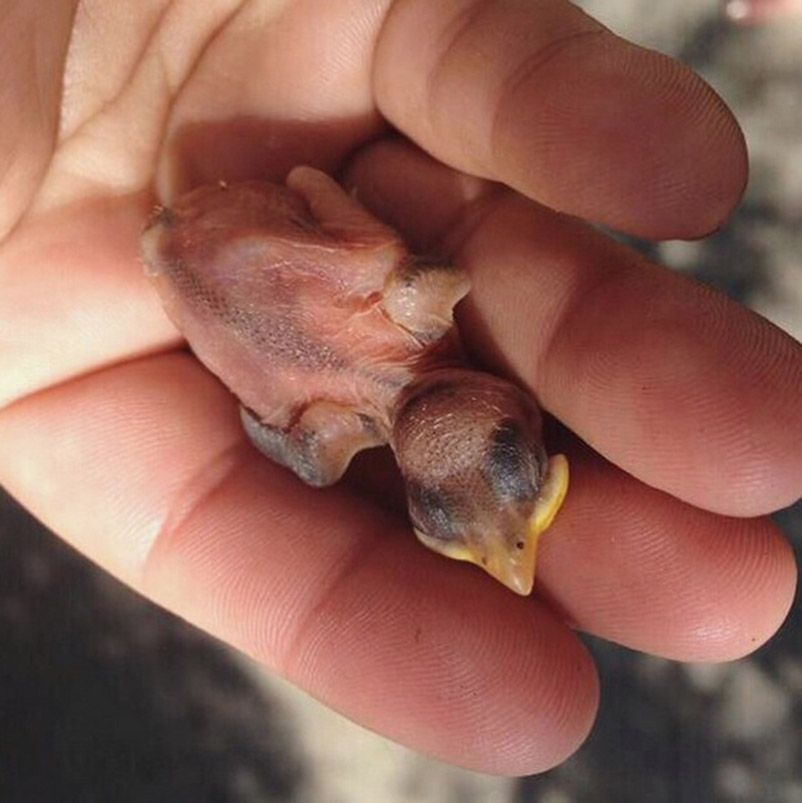 Actually, the poor little bird is meant to be brooded over by their parents and kept warm during their first two weeks.
Actually, the poor little bird is meant to be brooded over by their parents and kept warm during their first two weeks.
You should prepare a syringe (with no needle) to pull up the food. First, you need to remove the plunger and wrap the broad end with a self-adhering bandage or dental rubber dam.
Then, use a rubber band to keep it in place and make a hole on it big enough for the baby’s beak. The baby bird will eat from the little hole just like pigeons usually eat from their parents’ mouth. You can gently wipe up any spills on the bird using a warm-water-dipped cotton ear swab.
When the baby is eating, you should keep an eye on its crops to make sure that it consumes enough food. The crop sits directly above the baby’s breastbone and stores food for digestion. If you see the baby regurgitates food, you need to stop because you have overfed it.
Or you can watch for another feeding technique here by AAyan Loft
ConclusionFeeding baby pigeons not only requires knowledge about their special diet but also how to feed them properly. Baby pigeons require adequate nutrition, which primarily includes crop milk. However, you can try alternatives like premade bird meals, the special recipe with MAC milk, or non-dairy infant cereal. Make sure that the food is tender and warm.
I hope you find this article on what do baby pigeons eat helpful, especially when you raise a baby pigeon yourself. If you have any questions or experience with the baby pigeon, feel free to share with us!
Moreover, you also can refer more to other interesting topics of birds:
- Baby mockingbird foods.
- How long can birds go with no food?
- What foods do dodo birds eat?
Baby Pigeons: All You Need To Know (With Pictures)
What does a baby pigeon look like?
How big is a baby pigeon?
How much does a baby pigeon weigh?
Why don't you see baby pigeons?
What does a juvenile pigeon look like?
What is a baby pigeon called?
What do baby pigeons eat?
What do pigeon eggs look like?
How long do pigeon eggs take to hatch?
When are pigeons born?
How do pigeons feed their babies?
When can baby pigeons fly?
How long are baby pigeons in the nest?
Where do pigeons nest?
Do pigeons reuse nests?
How long do baby pigeons stay with their parents?
What to do if you find a baby pigeon?
Do pigeons mate for life?
Can baby pigeons survive without their mother?
Pigeons are pretty much everywhere, and anywhere we go.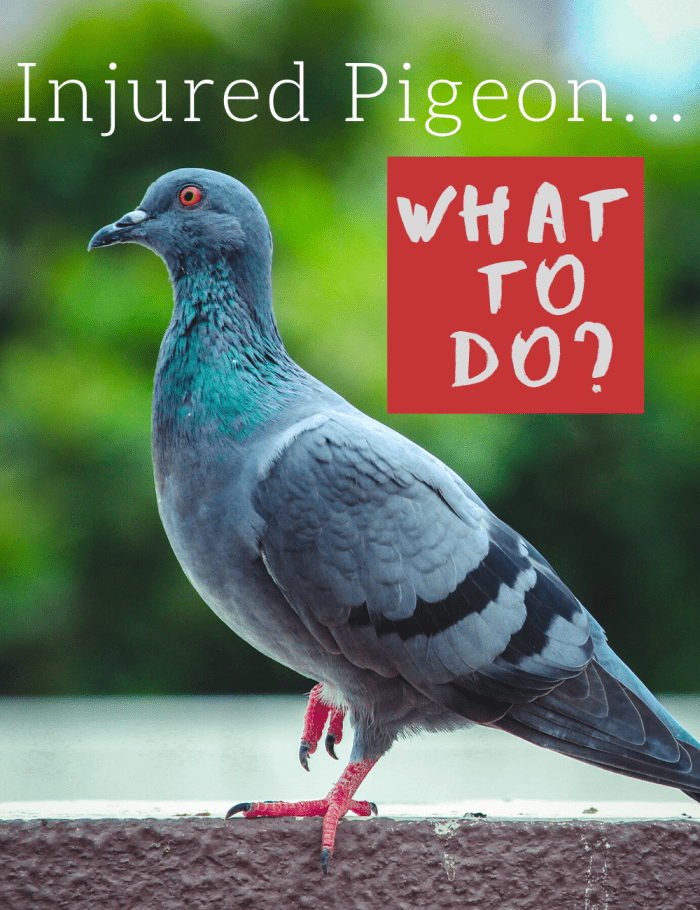 In towns and cities, there's always an abundance of feral pigeons (rock doves) and wood pigeons out in the countryside and urban areas. But little is known about what their babies look like, so we've created this article to try and answer as many common questions about baby pigeons along with some baby pigeon pictures.
In towns and cities, there's always an abundance of feral pigeons (rock doves) and wood pigeons out in the countryside and urban areas. But little is known about what their babies look like, so we've created this article to try and answer as many common questions about baby pigeons along with some baby pigeon pictures.
What does a baby pigeon look like?
Newly hatched pigeons have pink or darkish skin and a minimal and patchy covering of yellow, which will eventually become feathers - this can sometimes be white. The beak, wings and feet are proportionally much larger than the body; however, they grow into these features as they get bigger. The beak is mainly pinkish but can also be a darker color. The feet are a slate grey color.
Hatchlings are altricial, which means they are born undeveloped and need care and feeding by their parents. The babies are born with their eyes closed. They also lay prone and lift their heads and open their bills weekly.
The eyes of a baby pigeon open when the nestling is between 4 and 5 days old.
Generally speaking, you'll never see the babies in this state unless you domestically breed pigeons or happen to stumble across the nest of a pigeon; however, this is unlikely as pigeons tend to nest in high and secluded places. Most of the time, we first see baby pigeons when they reach their juvenile stage, which is mostly similar to the adult.
Two recently hatched baby pigeons in a nest
How big is a baby pigeon?
Pigeon babies are usually around 5cm in length when newly hatched.
How much does a baby pigeon weigh?
The average weight is around 15g for newly hatched chicks.
Baby pigeons increase their mass between 4 and 8 grams a day, reaching a weight of between 270 - 350 grams at 30 days old.
Why don't you see baby pigeons?
It's rare to see baby pigeons as they spend a lot longer in the nest than other birds do (on average 30 days). When they fledge, they look almost similar to the plumage of adult birds. They can be hard to distinguish, but it's not impossible to do so.
Another reason is that pigeons tend to nest in places that are completely out of the way. This usually means places like church towers, under bridges, chimneys, and abandoned buildings in towns and cities. Generally, we'll never see a pigeon's actual nest and, in turn, never see pigeon babies.
This tendency to nest up high comes instinctively from descending from rock doves. As the name suggests, rock doves usually nest on cliff edges and usually set back into the face to keep nests safe from any predators.
What does a juvenile pigeon look like?
Juvenile and fledgling pigeons look very similar to adult plumage, which is why many people are confused as to what baby pigeons look like. This is because they spend a lot of time in the nest and are almost in their adult plumage when they fledge.
It varies of the species of pigeons, but generally speaking, the cere on juveniles and fledglings - the white growth that sits above their beaks - will be more of a pinkish-grey compared to the white colour for adults. They also tend to lack the shimmering purple and green around the neck. Juvenile pigeons less than 8 months old have medium-brown or greyish-brown eyes, whereas adults have yellow, orange or reddish-orange. The feathers around the eyes may appear darker than those of adults as well.
They also tend to lack the shimmering purple and green around the neck. Juvenile pigeons less than 8 months old have medium-brown or greyish-brown eyes, whereas adults have yellow, orange or reddish-orange. The feathers around the eyes may appear darker than those of adults as well.
Fledging pigeons are a lot more common than you think, so next time you see a group of pigeons, be sure to look out for the juveniles using the tips above.
Pigeons at fledgling stage
A juvenile pigeon
What is a baby pigeon called?
Baby pigeons are called squabs.
Squab is the term given to a young, immature pigeon that is too young to fly - usually under 4 weeks old.
What do baby pigeons eat?
Baby pigeons are fed regurgitated crop milk by both the male and female birds. This is regurgitated to the young birds within 2 hours of hatching for the first 4 days. After this, they will continue to be fed crop milk along with seeds for another 5 days. At around day 9, baby pigeons will have an adult diet brought to them. This comprises of seeds, fruits and occasionally invertebrates.
At around day 9, baby pigeons will have an adult diet brought to them. This comprises of seeds, fruits and occasionally invertebrates.
The amount of food fed to young birds increases daily, particularly when seeds are added. Both parents are required to feed two babies for the first week. After this, one adult can generally feed two squabs successfully.
What is crop milk?
Also referred to as pigeon milk, crop milk is a secretion from the lining of the crop (a 'compartment' where birds can store food prior to digestion). It is also extremely high in fat and protein.
What do pigeon eggs look like?
Pigeon eggs are small and white and have an average length of 38.4mm and a width of 28.6mm. The average weight is 14.6g. The eggshell thickness is about 0.18mm.
Two pigeon eggs in nest
How long do pigeon eggs take to hatch?
Eggs usually hatch between 16 and 19 days after they have been laid. Hatching occurs any time of the day and takes roughly 24 hours to complete. Most of the time, both eggs will hatch at the same time. Parents will remove the empty eggshells from the nest.
Most of the time, both eggs will hatch at the same time. Parents will remove the empty eggshells from the nest.
Both sexes share incubation duties, with the male generally incubating from mid-morning to late afternoon, with the female from late afternoon to mid-morning.
When are pigeons born?
Pigeons generally breed all year round, so eggs can hatch throughout the year. On average, most baby pigeons hatch in spring and summer, between May and June and between August and November.
How do pigeons feed their babies?
Adults come back to the nest to feed the babies either crop milk, seeds or whichever part of the diet they are on between 3 and 4 times a day. Squabs receive the same amount of food each day.
The young pigeons give a peeping call and can raise their heads to be fed by the adults. After four days of age, baby pigeons will push at parents to get food and be fed. Young birds will beg and call for food persistently from around 7 days, which is when they will generally feed 2 times a day.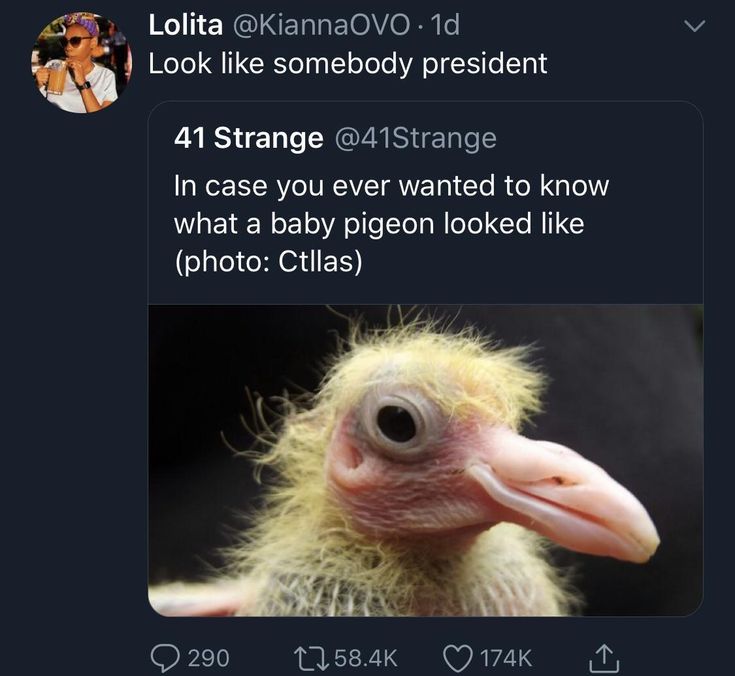
When can baby pigeons fly?
Generally speaking, baby pigeons are capable of flying at around 6 weeks of age. But from 4 weeks, they will start to flap their wings to start practising and learning. You can often see them taking off and landing with small elevations from the ground during this time.
It's purely instinctive, as it is with all flying birds, and will naturally happen shortly after fledging the nest. Parent pigeons are extremely supportive whilst they are learning to fly and will nudge their babies to try and encourage them to move around.
How long are baby pigeons in the nest?
The amount of time spent in the nest depends on the time of year. It is usually between 25 and 32 days in summer, but winter can be up to 45 days.
It's quite common for a recently fledged pigeon to lose quite a bit of weight in the first few weeks. This is because they are frequently heavy before leaving the nest.
Most young pigeons will fledge a day or two before they are fully capable of flying and will spend a couple of days foraging on the ground. In some cases, pigeons will fledge and are unable to get back into their nest. This can happen when the nest is high up and the young bird cannot fly yet. If this happens, they will often beg for food from their parents and other adults.
In some cases, pigeons will fledge and are unable to get back into their nest. This can happen when the nest is high up and the young bird cannot fly yet. If this happens, they will often beg for food from their parents and other adults.
Pigeon in the nest incubating two eggs
Where do pigeons nest?
Nests are usually constructed on ledges under cover. This can be in a wide range of locations, including caves, coastal cliffs, nooks and crannies, gutters, houses, barns, outbuildings and even occasionally in holes in trees. The main requirement is a flat surface in a covered area.
Males usually pick the site for the nest, and once found, females will sit on this site whilst the male collected materials to build the nest. The materials used are usually a mixture of sticks, twigs, roots, straw, leaves, feathers and many other types of materials.
Once obtained, the male brings the materially back piece by piece to the female, who then takes it in her beak and tucks it around her breast or flanks to construct the nest ultimately.
Do pigeons reuse nests?
Pigeons often reuse old nesting sites and will generally build new nests on top of the old ones. This is generally because of the accumulation of fecal matter on the old nest. Because of this, nests that are 4 years old can be up to 20cm in height and 50cm wide. They can also weigh more than 2kg and have deep cups of up to 8cm.
How long do baby pigeons stay with their parents?
Once fledged, they will usually spend between 1 and 2 weeks in the vicinity of their parental home.
What to do if you find a baby pigeon?
The best thing most of the time is to monitor the fledging and be sure to keep pets away. The parents are more often than not nearby and watching. Sometimes the presence of a human can scare the parents away, so you may not be able to see them all the time - this is why it's important to monitor from afar.
If the pigeon appears to be injured or not at the fledgling stage, then consider contacting your local bird or wildlife rescue for advice. This is because they can determine whether the bird needs rescuing.
This is because they can determine whether the bird needs rescuing.
If there is immediate danger to the pigeon, place it in a sheltered and secure spot nearby.
A pair of pigeons
Do pigeons mate for life?
Yes, pigeons mate for life. They are monogamous and tend to mate with one partner for the entirety of their life. If the unfortunate happens, and their partner dies, they will often find a new partner. However, this can take some time and is not as fast as other birds do.
Can baby pigeons survive without their mother?
Yes, baby pigeons can survive with just their dads. This is because both parents are involved in raising the babies, which essentially means the male bird is just as capable of raising the young. This is, of course, much more of a harder job for the adult, but it is achievable.
Expert Q + A
Question
I have a baby pigeon that my pet pigeons had about a week and a half to two weeks ago and I’ve noticed from the beginning since I’ve seen it that it has fast breathing it doesn’t seem to be struggling or gasping for air and it’s not holding its mouth open and it’s color looks good to just be normal thing my biggest concern would be that we have mice and they nest it on the floor and I was wondering maybe the mice could cause respiratory problems if that is the case
BirdFact Team
It sounds like your baby pigeon could potentially have a respiratory infection, yeast, crop status or canker which are all relatively common amongst, young, old and stressed pigeons.
We'd certainly recommend taking your baby pigeon to get checked out at a qualified vet or bird specialist. If it is one of the above conditions, they need treatment as soon as possible.
Hopefully, it isn't one of the above, but getting it checked over by a specialist will put your mind at ease.
Ask a question
Do you have a question about this topic that we haven't answered? Submit it below, and one of our experts will answer as soon as they can.
90,000 than feed the pigeons at homeContent
- Pigeons Pigeons in the nature of
- How to care for home -made pigeons
- than feed the pigeons in winter
- During a reproduction
- What diet of young 9000,
- Vitamin additives for pigeons
- What food should not be given to pigeons
- How to feed a pigeon that is sick
- What treatment do pigeons need
- Worth taking into account
- Interesting to know
Nowadays, many poultry farmers are thinking about breeding pigeons at home.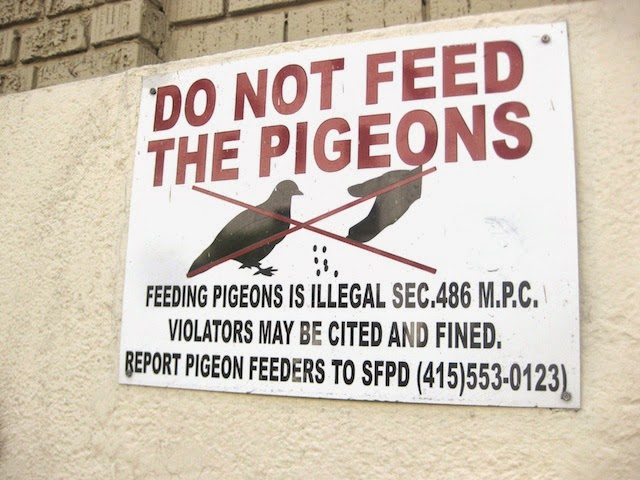 But there are problems, in particular, with feeding, because not everyone is well aware of this issue. Some people draw conclusions about the diet simply by observing birds in the wild, but this is an erroneous decision. Many breeds require special nutrition.
But there are problems, in particular, with feeding, because not everyone is well aware of this issue. Some people draw conclusions about the diet simply by observing birds in the wild, but this is an erroneous decision. Many breeds require special nutrition.
Feeding pigeons outdoors
Many people are accustomed to feeding local pigeons on the street with bread crumbs, biscuits and seeds. It is not right. Pedigree birds need a good balanced diet. Due to improper diet, birds living in the yards of houses often do not live more than 5 years, although life expectancy should reach up to 15-17 years.
A dove and a sparrow share a piece of bread.
Pigeons living in nature feed on various plant seeds, grains and greens. In big cities, the massive slope of grass and cutting down of trees leads to starvation of the bird. Therefore, they have to peck at bread crumbs, cookies and other products that caring citizens offer them. In fact, they do not like this food, there is simply no other way out.
How to take care of domestic pigeons
In order for pigeons to be successfully bred at home, they need to be properly cared for. The poultry house where handsome feathered birds live should be clean, special attention should be paid to cleaning the nests where small chicks are located.
Poultry breeders take note! It is necessary to keep the poultry house clean, and the eggs that the dove incubates. If they are contaminated, then the access of air will stop, and the embryo will die.
Pigeons eat in the dovecote.
Cleaning should be carried out once a day, diligently once every 7 days and general cleaning at least several times a year (preferably in warm weather, autumn, spring).
Pigeons need to be examined every day. The easiest way to do this is while feeding. If the bird quickly flies up to the feeder, and begins to peck at the food with great appetite, this indicates that the pigeon is healthy. Birds that are susceptible to illness appear lethargic, stand aside, and are reluctant to eat. Also, they hide their eyes and pull their heads into their shoulders. Such individuals need isolation, let them live separately for some time.
Also, they hide their eyes and pull their heads into their shoulders. Such individuals need isolation, let them live separately for some time.
If the poultry house is not cleaned, the droppings will roll into balls and get stuck in the claws. This phenomenon complicates the movement of the bird. In this case, the depth is taken in hand, and the nails are gently cleaned. In addition to proper maintenance, feathered friends need a balanced vitamin diet.
Keeping pigeons at home, watch the video.
How to feed a pigeon in winter
If you decide to keep a pigeon family, then you need to familiarize yourself with the winter diet for this bird, how much it should be given.
Winter fattening starts in mid-autumn. It is during this period that egg production ends. Cereals should contain a minimum amount of protein. In this case, there will be no sexual activity.
Cereals should contain a minimum amount of protein. In this case, there will be no sexual activity.
For the winter you need a food that promotes the accumulation of fat under the skin. Thus, they will be able to retain internal heat, and in the spring, molting proceeds more efficiently.
The winter diet is very different from the summer one.
From the above, the conclusion suggests itself that in cold weather it is more rational to feed pigeons with a mixture of barley and oats (collapsed). The ratio should be 70/30.
The following mixture is prepared:
- Barley - 40%.
- Oats - 40%.
- Shredded corn - 10%.
- Chopped lentils - 10%.
Also, in cold times, potatoes boiled in salted water will benefit the bird. It should be mixed with clover flour, wheat bran and lime.
Linseed and rapeseed are given every other day. This will be a wonderful supplement.
Feeding meat breeds is practically no different from others.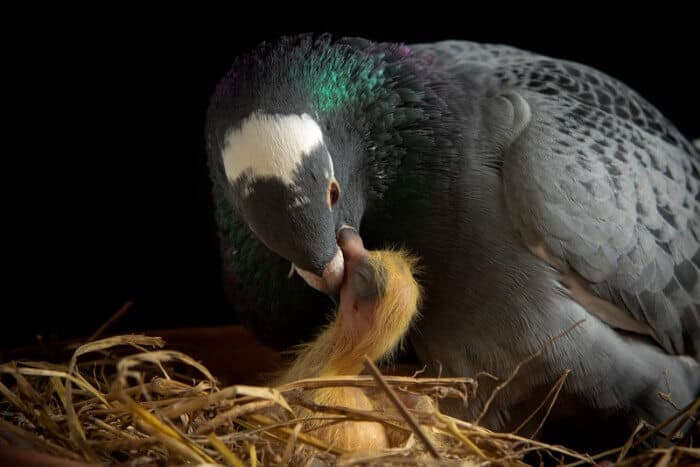 We can offer a recipe, how to prepare food, how many ingredients to use, for meat pigeons:
We can offer a recipe, how to prepare food, how many ingredients to use, for meat pigeons:
- Regular corn - 35%.
- Millet - 20%.
- Peas - 20%.
- Wheat waste - 15%.
- Oatmeal (groats) - 5%.
- Hemp seed - 5%.
Meat pigeons need constant feeding with greens. In winter, it can be grown at home in various containers and trays.
Proper winter care will help to avoid spring malaise and cure.
What do pigeons that live on the street and fly to the window in winter feed on?
Feeding during breeding
Poultry farmers who intend to breed pigeons must be aware that the diet during breeding differs from the usual. At this time, pigeons need more fortified food. If vitamins are not enough, the productivity of young offspring and its vital activity will significantly decrease.
Legumes are the most optimal food during mating season. They make you feel full very quickly. You can't do without peas at all. The recipe for the mixture for the mating season, how many ingredients are needed:
- Common pea - 20%.
- Vetch peas - 10%.
- Wheat - 10%.
- Millet - 20%.
- Barley - 20%.
- Common corn - 10%.
- Oats - 10%.
Another option how to cook, how much to use feed:
- Vetch peas - 20%.
- Corn - 20%.
- Wheat - 15%.
- Millet - 10%.
- Common pea - 15%.
- Barley - 10%.
- Oilseeds (seeds) - 10%.
The correct feeding of pigeons can be seen on the video.
What is the diet of young animals
An important role in the maintenance of pigeons is played by the nutrition of young animals.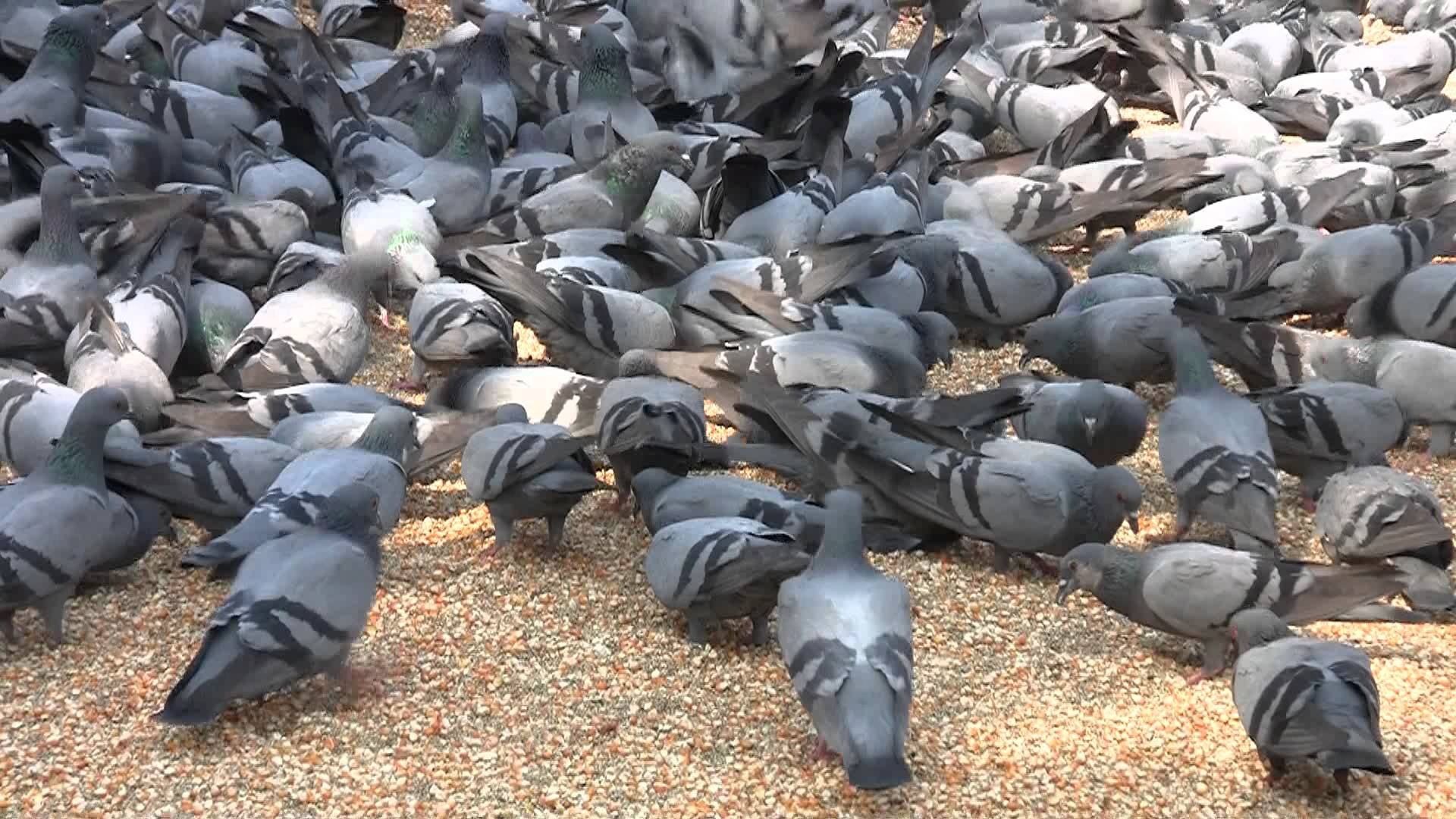 What to feed the chicks? First of all, they need to be planted. Nutrition should be enhanced. Portions of food should be given plentiful. They should be reduced only when the eye shell of the chicks becomes the same color palette as that of the parents.
What to feed the chicks? First of all, they need to be planted. Nutrition should be enhanced. Portions of food should be given plentiful. They should be reduced only when the eye shell of the chicks becomes the same color palette as that of the parents.
Babies should be fed three times a day. The next morning and lunch portions may be small, but in the evening you need to give more.
Young pigeons.
Grains that are given to young animals are pre-moistened with fish oil. You can only have a few drops. That the development has been good, the emphasis is on wheat with the addition of peas, vetch and barley. After the young naked begin to actively fly and gather in flocks, the amount of wheat can be reduced or replaced with peas, vetch.
Vitamin supplements for pigeons
Like all housed birds, pigeons need vitamins. Their number directly depends on the weight category, health, breed. The amount should be increased during the period of molting, growth, feeding the younger generation and egg production.
Pigeons of sports breeds simply need vitamin complexes, they spend a lot of energy. They give vitamins in the form of dragees, they are easy to use, diluted in water. They are given before and after competitions.
Beautiful pigeons.
Vitamins are especially needed for meat breeds, for full development and weight gain.
What food should not be given to pigeons? Pigeons cannot process this amount of phosphorus.

If there was a consumption of such food by pigeons (no matter how much), treatment cannot be avoided.
How to feed a pigeon that is sick
The diet of a sick bird is not very different from that of a healthy bird and is not difficult to prepare. If the disease is associated with various infections and microbes, then antibiotics are added to the food (how much, the specialist will tell). If necessary, you need to enter inside.
Be sure to give vitamins to strengthen the immune system. Whatever you do, it is better when it is the instructions of a veterinarian.
What kind of treatment doves need
Today you can find a lot of dovecotes in which magnificent and beautiful pigeons live. But in fact, in their content, not everything is as smooth as any other birds, they are prone to disease. In this case, the main thing is to notice the indisposition of the bird in time and start timely treatment.
Diseased pigeon.
If you go deeper, there are a large number of diseases that pigeons are susceptible to, but the most common is a different kind of infection. It can be caused by all sorts of bacteria, viruses or parasites.
It can be caused by all sorts of bacteria, viruses or parasites.
If treatment is not started on time, the disease will progress, there is a huge risk that the bird will not survive. It is very important for diseases to correctly determine the cause of the appearance. Then measures are taken very quickly and the chances of survival are great.
If there are certain skills, treatment can be started at home.
In order for the treatment to bring good results, it is necessary to completely eliminate the source of the infection. Provide fortified food, surround with care and attention, then all diseases will definitely recede.
Any medicine for poultry can be bought at the pharmacy. It is strongly not recommended to engage in amateur activities, but to contact a veterinarian. He will tell you how to give and how much to give. In case of inexperience, treatment can aggravate the situation.
Worth noting
A healthy adult pigeon needs about 20-40 grams of feed per day. All dry food (cereals, grains) should always be in the feeders.
All dry food (cereals, grains) should always be in the feeders.
Before making a choice in the direction of any grain feed, it is advisable to understand what its composition is (minerals, vitamins, useful components).
How to prepare mineral feed for meat pigeons that live at home, watch the video.
It is obligatory to have food in the feeders, but also to be of energy value. Experienced poultry farmers recommend periodically changing the grain feed, as diversity in food is important.
Domestic pigeons can be given dried berries, juicy greens. For them, it's a treat.
Domestic doves cannot lay eggs for breeding alone. Therefore, in this case, pigeon breeders recommend putting a mirror in the house. Oddly enough, but with his presence, the dove does not feel lonely.
In captivity, pigeons very often turn out to be bad parents and leave their offspring. Therefore, rearing the young falls on the shoulders of the breeder.
If you are going to walk in the park with pigeons, you do not need to take bread with you. As mentioned above, it is quite harmful. Better take the grain, if it is not available, offer the birds regular oatmeal. They will definitely like them.
If it's easy, prepare some grated vegetables, such as carrots, pumpkins, cabbages, or take an apple. All this will certainly be to your taste, most importantly, without oil.
Interesting to know
Not everyone knows that pigeons have amazing eyesight. Uniquely, they cannot be blinded by the sun or very bright lighting.
Many centuries ago, pigeons were used as postmen, delivering letters even over long distances. The cost of such an individual was equal to the price of a thoroughbred stallion.
What to feed pigeons in the street and at home, what chicks and adult birds eat
0258 Author: Andrey Zaitsev
Material Content:
- 1 What eat pigeons in nature
- pigeon chicks
- 2.
 5 What to feed pigeons in winter
5 What to feed pigeons in winter - 2.6 What not to feed pigeons
Pigeons can be found on any street of the city or village. These birds have long and firmly occupied a place next to man. Often we observe how people generously scatter various cereals and crusts of bread in order to feed the birds. But how many people are interested in what can be fed to pigeons so as not to harm their health?
Street birds are not overly demanding, they eat everything that gets under their feet. The problem is that such nutrition adversely affects the state of their gastrointestinal tract. Over time, the bird develops serious diseases, and it dies. It is significant that this bird lives on the street for about 2-5 years, while its theoretical life span is 20 years. Such a huge difference depends primarily on what the pigeon eats.
What pigeons eat in nature
Wild pigeons live in nature and eat a variety of greens, insects and seeds. But in urban conditions such food cannot be found . In parks, squares and on street lawns, grass thickets are rarely seen. Usually, all the greenery is mowed, leaving the pigeons no chance to find the food they need. Such living conditions, combined with innate unpretentiousness, forced the birds to eat what is easiest to find. As a rule, these are food leftovers next to garbage cans and various food that people bring.
But in urban conditions such food cannot be found . In parks, squares and on street lawns, grass thickets are rarely seen. Usually, all the greenery is mowed, leaving the pigeons no chance to find the food they need. Such living conditions, combined with innate unpretentiousness, forced the birds to eat what is easiest to find. As a rule, these are food leftovers next to garbage cans and various food that people bring.
Feeding street pigeons is a rather controversial practice around which debate has not ceased for a long time. But if you still decide to help the birds, then it is better to do it correctly. You can often see how birds are thrown bread in the form of crumbs or whole pieces. The truth is that such humanitarian aid only brings harm. Bread gives the bird a feeling of satiety, but at the same time it has a negative effect on the state of the body. With regular nutrition of flour products, the bird will not die of hunger, but it will die from various diseases of the gastrointestinal tract.
Like any living creature, the body of a pigeon needs a balanced diet . Therefore, to feed them, it is better to purchase a special grain mixture at a pet store. You can also make it yourself by mixing several types of grains and cereals: rice, millet, barley, wheat, buckwheat, millet and oats. This mixture will benefit street birds much more than a loaf of bread.
If you suddenly happen to see pigeons in the nest, then you should not try to feed them. Better not to touch these chicks at all. The fact is that pigeon parents are very sensitive to safety, so they can leave their home with their children if they feel the presence of a person. So it's better to just leave. When adults return from fishing, they will feed the chicks with a special goiter milk, which contains all the necessary substances.
What pigeons eat at home
Pigeon breeding is quite a profitable business.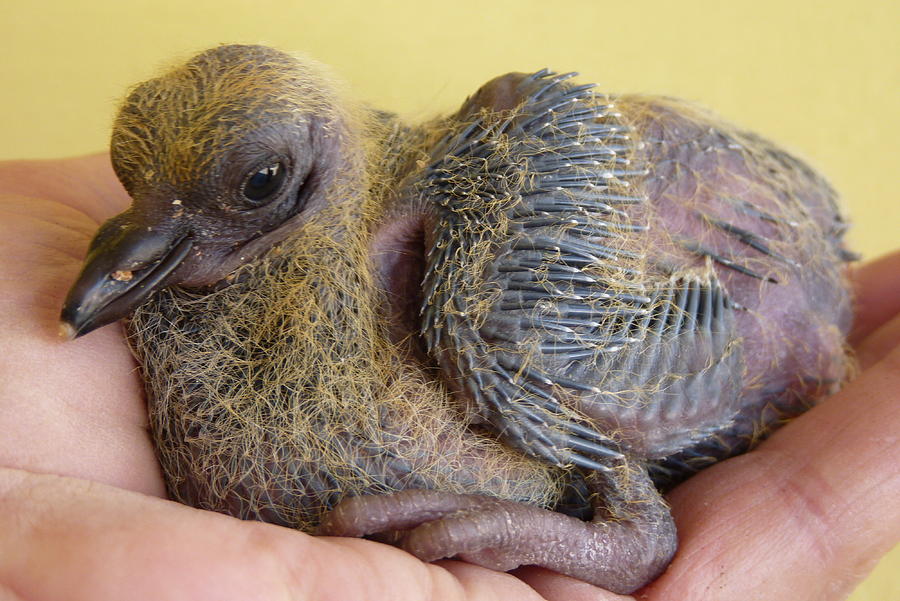 But to make it so is possible only if rules for feeding birds are observed. The nutrition system primarily depends on the breed of the pigeon and the purpose of breeding. For example, birds that are raised to be served on a dish in restaurants need more food than show birds. But the general rules of feeding remain the same for all breeds.
But to make it so is possible only if rules for feeding birds are observed. The nutrition system primarily depends on the breed of the pigeon and the purpose of breeding. For example, birds that are raised to be served on a dish in restaurants need more food than show birds. But the general rules of feeding remain the same for all breeds.
Diet of adult pigeons
The main poultry food is grain and grass. Grain mixture for feeding pigeons at home most often consists of the following elements:
- barley or barley 40% of the total mass;
- millet 10%;
- wheat 30%;
- the remaining 20% is distributed among legumes, oats and millet.
If for some reason it is not possible to prepare the mixture yourself, then you can buy food for parrots at the pet store. Such food is perfect for pigeons, but it will cost a little more.
Birds must also eat fresh grass . It is best to grow it directly on your site. But if this is not possible, then you can collect green fodder in some clean meadow. In no case should you tear grass from city lawns, as this greenery grows surrounded by exhaust gases and other harmful substances, absorbing them all.
But if this is not possible, then you can collect green fodder in some clean meadow. In no case should you tear grass from city lawns, as this greenery grows surrounded by exhaust gases and other harmful substances, absorbing them all.
Vitamins and minerals
High-quality nutrition is not complete without the addition of various useful substances. It is most convenient to use vitamins and mineral complexes for feeding, which are sold in veterinary pharmacies or pet stores. But you can get by with improvised means. For example, instead of vitamin supplements, you can give the birds finely chopped nettles, cabbage, sorrel and alfalfa. Greens must be fresh. Ground shells and eggshells are perfect as mineral supplements, charcoal can also be used. Salt is also a necessary part of the vitamin and mineral diet. Its quantity should be at least 20 grams per liter of water.
Number of feedings
The diet depends primarily on the season . An adult bird eats from 20 to 50 grams of food per day, depending on the breed.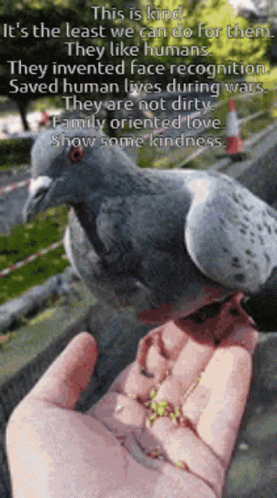
- In summer, feeding is done three times a day. If the dovecote is open, and the birds fly freely through the meadows during the day and get their own food on their own, then at home it is enough just to feed them slightly.
- In winter, the picture changes somewhat. Meals become two times a day. As a rule, the first feeding occurs at 9o'clock in the morning and the second at 8 o'clock in the evening. A vitamin-mineral mixture is necessarily added to the evening portion, and its composition must be strengthened compared to the summer one. After all, in winter the possibility of obtaining fresh grass is excluded, so you need to compensate for this shortage.
What to feed pigeon chicks
At home, as in the wild, the first days of life of newborn pigeons pass with the constant care of their parents. Adult birds feed their babies special goiter milk . This substance is somewhat similar to human colostrum. It contains all the necessary nutrients, vitamins and minerals. The pigeon needs just such food, since the chick must grow rapidly and gain weight.
This substance is somewhat similar to human colostrum. It contains all the necessary nutrients, vitamins and minerals. The pigeon needs just such food, since the chick must grow rapidly and gain weight.
At the age of 3-4 weeks, the chicks can be slowly switched to adult food. If the dovecote is open, then the parents themselves will gradually teach the chick to fly with them to the meadows and get food there. Otherwise, changing the nutrition system is entirely in the hands of the breeder. To begin with, the chick is offered soaked wheat grains, to which you can add a little fish oil or trivitamin. As the pigeon matures, legumes are added to the wheat. When he has fully mastered this food, you can introduce all the other nutrients of an adult bird.
Sometimes there are situations when a newborn pigeon is left without parents immediately after its birth. In such cases, he, of course, is deprived of goiter milk, so he needs special compensatory nutrition. In the first week of life, these babies are fed with a mixture of egg yolk and milk. The feeding process takes place with the help of a syringe and a thin rubber tube, which is inserted into the chick's esophagus. After a week, the pigeon can be given liquid milk porridge from lentils or peas.
The feeding process takes place with the help of a syringe and a thin rubber tube, which is inserted into the chick's esophagus. After a week, the pigeon can be given liquid milk porridge from lentils or peas.
The chick's diet must contain a lot of protein, which is necessary for the growth and development of the organism. Therefore, it is necessary to monitor the nutritional value of the feed. You can give your chick raw egg white mixed with corn or pea flour. In such food, you need to add a few grains of sand, this will improve the functioning of the digestive system. There is also a special pressed food with a high protein content, it can also be given to the chick as a supplement to the main diet.
How to feed pigeons in winter
Feeding pigeons in winter requires special attention. There are several ground rules for feeding birds at this time of the year.
- Protein reduction. Due to this, sexual activity in birds decreases.


